And the day was MONDAY and thus, there was a post. And henceforth was there always a post on MONDAY. Amen.
I put what makes your face look like your face into two categories:
"General indicators" (Fig. 1 on the left), which includes very little more than head shape, hairline, eye socket shape and maybe nose length but the juries still out on that one
and "Facial quirks" which is all those weird little specifics like bug eyes, snub noses, rabitty mouths and those intense lines that Willem DaFoe gets all across his cheeks. (Fig. 1 on the right. There are some indicators left in the quirks picture, they're hard to draw by themselves, it looks too weird).
Quirks are the parts they use on South Park to make celebrities.
The less important ones may be little more than an interesting plane or two, or a weird bump, or a freckle.
General indicators are the parts that they say matter more in art classes. These are the parts that they attempt to describe in every single how-to portrait book ever. Mostly they kind of fail.
I prefer to make people look absolutely like themselves. So I use just about everything I can find in a face. But this isn't entirely necessary to making some one look like themselves. That's why caricatures work. The trick is figuring out which indicators and quirks are important. I'm coming to realize that this list isn't set in stone though. The mind is a weird thing, it doesn't always weigh the features the same way.
If your friend is standing across a big field and you recognize them, you're using the general indicators, because that's what you can see.
But supposing you re-meet some one you met very briefly some time ago. If you ever remember looking at them at all, most likely, the part you remember is just going to be some quirk you glommed onto.
So sometimes when we're drawing, we can just forget about some parts of the face.
Just because a part of the face isn't important, doesn't mean you're allowed to get it wrong. Wrong looking features detract from the familiarity.
No. Bad. Very bad.
What you need is a completely neutral filler feature.
A good neutral filler is more symbolic than literal. Like South Park. I've been watching too much South Park lately.
They have a certain kind of eye they use on just about every one, so it become so normal you look at it and say "oh, that's an eye. Um... cool." And then you move on and recognize the character by some other quirk or indicator.
Generalizing is touchy stuff because not every one sees the same way, but this is the general idea of it.
Ps. Happy Martin Luther King Day. Peace and love y'all.
Pps. Skin color is a quirk. That's because lighting changes skin tone as much as genetics. The shading just ends up a little different with dark skin. We're all built more or less the same.
Subscribe to:
Post Comments (Atom)

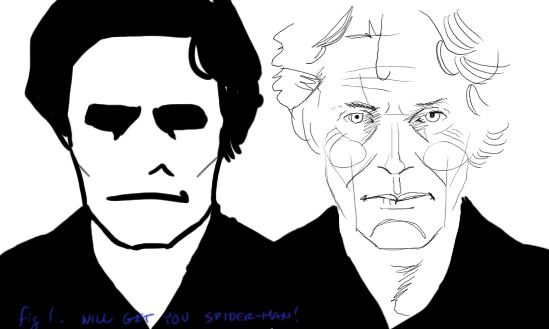

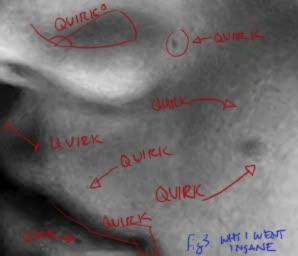
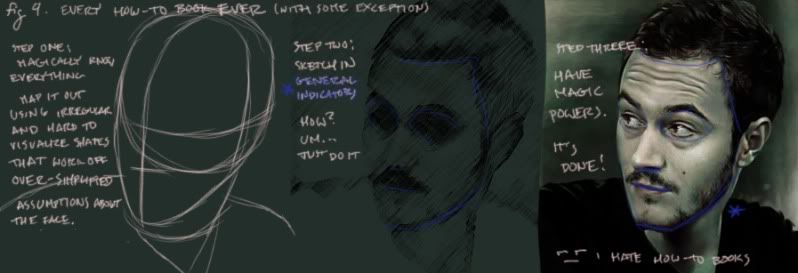

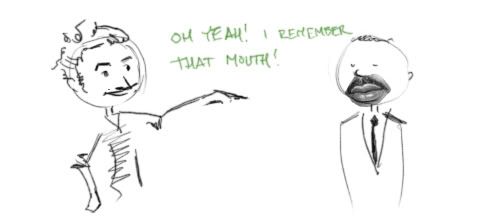
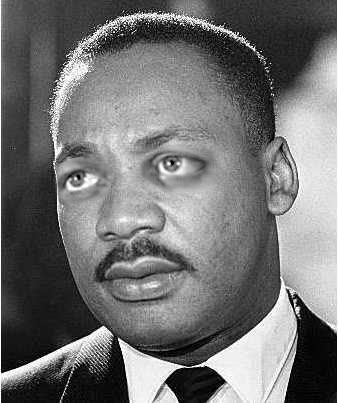
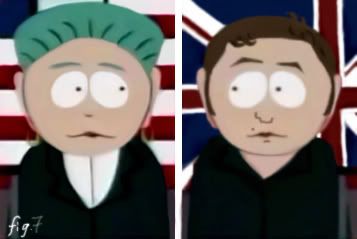
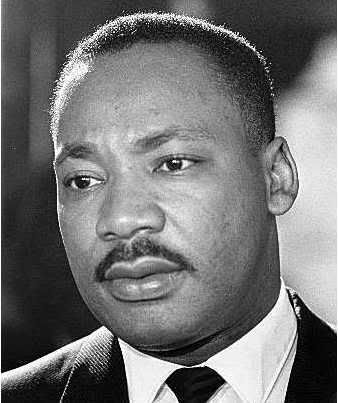
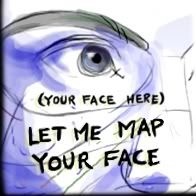



No comments:
Post a Comment